
different chord progressions and melody-lines. From that point of view they are not so interesting
for a comparison and detailed description. However since the later folia emerged from these folias and they
keep on crossing my path in doing some research for the later folia it seems fair to mention a standard
early folia model quoting Hudson and to list some of those early folias. A real profound study
of the 'early' folia you can find at the excellent website https://www.xs4all.nl/~wresida/homepage/earlyfolia.html.
The webmaster, Mrs Resida has made a huge contribution over the years to this website too. Without her input
and inspiration it would have not been that detailed as it is today.




 Melody: "La Cara Cosa" (anonymous, Bayerische Staatsbibliothek Mus. manuscript 1503)
Melody: "La Cara Cosa" (anonymous, Bayerische Staatsbibliothek Mus. manuscript 1503)



 Paola Erdas wrote for the slipcase:
Paola Erdas wrote for the slipcase:
 Mercedes Hernández wrote for the slipcase:
Mercedes Hernández wrote for the slipcase:
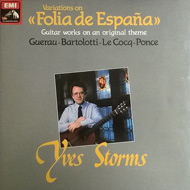 Peter Pieters wrote as introduction to Folies d'Espagne on the inside
of the cover:
Peter Pieters wrote as introduction to Folies d'Espagne on the inside
of the cover:















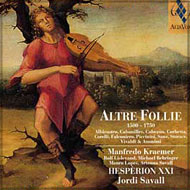 Rui Vieira Nery wrote for the slipcase:
Rui Vieira Nery wrote for the slipcase: Lydia Maria Blank wrote for the slipcase (in a translation by António Dinis):
Lydia Maria Blank wrote for the slipcase (in a translation by António Dinis):



 Paola Erdas wrote for the slipcase (translated by Rossella Bagnardi):
Paola Erdas wrote for the slipcase (translated by Rossella Bagnardi):



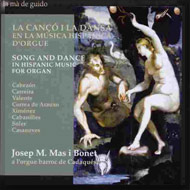

 Glen Wilson wrote for the slipcase:
Glen Wilson wrote for the slipcase:


 Peter Danner wrote for the recording:
Peter Danner wrote for the recording:




 Elizabeth Brown wrote for the slipcase:
Elizabeth Brown wrote for the slipcase:



 The ensemble mixed one of the folias of Corbetta with the Foscarini
The ensemble mixed one of the folias of Corbetta with the Foscarini




 Dr. Charles Brewer wrote for the slipcase:
Dr. Charles Brewer wrote for the slipcase:

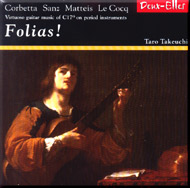



 Paul Geffen detected two very short pieces called La Folia barely recognizable
as early folias on the disc mentioned below
Paul Geffen detected two very short pieces called La Folia barely recognizable
as early folias on the disc mentioned below












 Lydia Maria Blank wrote for the slipcase (in a translation by António Dinis):
Lydia Maria Blank wrote for the slipcase (in a translation by António Dinis):


 These are guitar transcriptions of the original music for Chitaronne (11 strings) in both modern notes and tablature. A disadvantage is that in the entire book
(the first part of Intavolature di Chitaronne of 1604) the G string is lowered to F-sharp.
These are guitar transcriptions of the original music for Chitaronne (11 strings) in both modern notes and tablature. A disadvantage is that in the entire book
(the first part of Intavolature di Chitaronne of 1604) the G string is lowered to F-sharp. 


 Mr. Wilson offers these details in the liner notes:
Mr. Wilson offers these details in the liner notes:













 Jean-Baptiste Apéré wrote for the slipcase (translated by
Charles Johnston):
Jean-Baptiste Apéré wrote for the slipcase (translated by
Charles Johnston):






 Celebrated French lutenist, composer and music publisher. With his brother-in-law
composer Robert Ballard established the firm 'Le Roy & Ballard' and after
death of Pierre Attaignant took over and virtually monopolized the publishing
business in France. Our knowledge of French music of the time is largely due
to the efforts of those two men.
Celebrated French lutenist, composer and music publisher. With his brother-in-law
composer Robert Ballard established the firm 'Le Roy & Ballard' and after
death of Pierre Attaignant took over and virtually monopolized the publishing
business in France. Our knowledge of French music of the time is largely due
to the efforts of those two men.



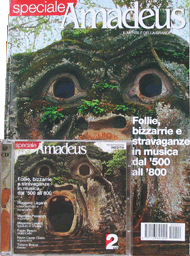

 Glen Wilson wrote for the slipcase
Glen Wilson wrote for the slipcase





 Liuwe Tamminga wrote for the slipcase (translation by Gina Psaki):
Liuwe Tamminga wrote for the slipcase (translation by Gina Psaki):





 John Griffiths wrote for the slipcase:
John Griffiths wrote for the slipcase:
